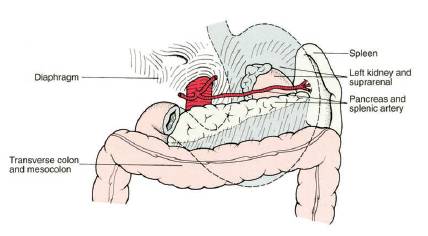GASTROESOPHAGEAL JUNCTION (CARDIA) It is the junction between esophagus and cardia of stomach Histologically: Mucosal transition from squamous to columnar epithelium Functionally: High pressure zone (Lower esophageal sphincter or LES) – Normally, LES is intraperitoneal, >2 cm long, and has a resting pressure >6 mmHg; not an anatomical sphincter but a…
Author: Epomedicine
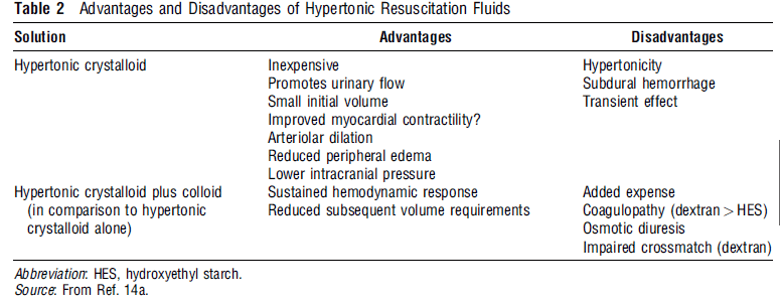
Head trauma fluid resuscitation
Peculiarities of cerebral circulation: 1. Brain and spinal cord is isolated from endothelium by BBB composed of continuous capillaries that limits movement of proteins and electrolytes 2. Fluid movement is primarily determined by osmolar gradient (in contrast to peripheral tissues – transcapillary gradient of large macromolecules) 3. Hence, administration of…

Burn Fluid Resuscitation
A) Clinical endpoints suggesting adequacy of burn fluid resuscitation: B) Pathophysiology of Burn:
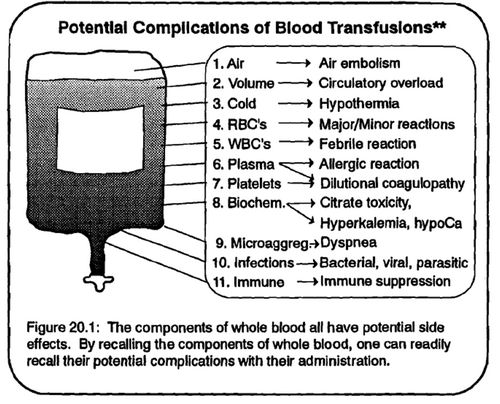
Perioperative Fluid Management
Author: Sulabh Kumar Shrestha, KISTMCTH A) RELEVANT ANATOMY AND PHYSIOLOGY Details of the body fluid compartments are described here Microvessels for fluid exchange: The Exchange Vessels – capillaries and most proximal part of the venules Sinusoidal capillaries (liver, spleen, bone marrow): freely permeable to all solutes Fenestrated capillaries (glands, glomeruli, GIT):…
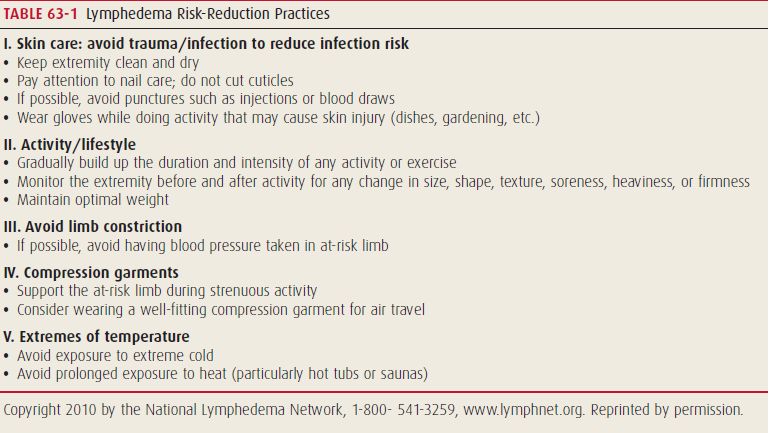
Axillary Lymph Node Dissection
A) Indications: Clinical or radiological evidence of involvement of axillary nodes Microscopically positive sentinel node(s) due to metastasis from primary malignant tumor In sentinel node negative: 98 % accurate in predicting that the other nodes are negative In sentinel node positive: possibility of microscopic disease in any of the remaining lymph nodes is 15–30…
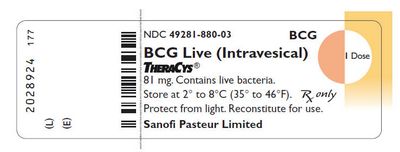
BCG for Urinary Bladder Cancer and BCG sepsis
The objectives of intravesical therapy in bladder cancer is to: avoid post-TURB (Transurethral resection of bladder) implantation of tumor cells eradicate residual disease prevent tumor recurrence delay or reduce tumor progression Indications of BCG in bladder cancer: Intravesical treatment and prophylaxis of bladder CIS Prophylaxis of primary or recurrent stage Ta and/or…
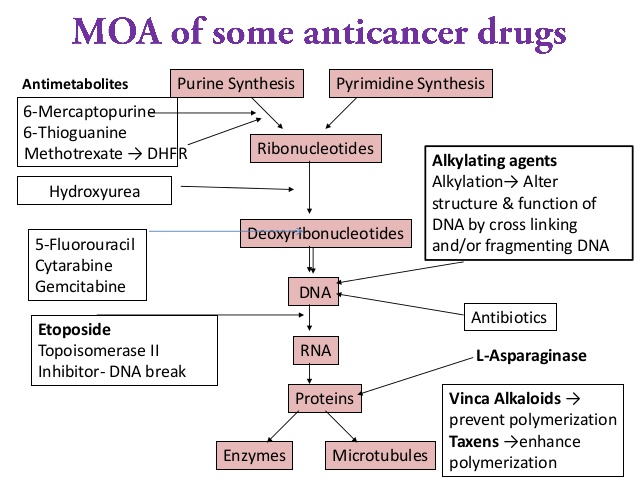
Principles of Chemotherapy
Master the knowledge of clinically relevant cell cycle to understand the principles of chemotherapy. Tumors that are highly responsive to chemotherapeutic agents (e.g., testicular cancer, lymphomas) tend to have a very rapid doubling time compared to tumors that are less responsive to chemotherapy (e.g., pancreatic and prostate cancers). The tumor doubling time of metastases…
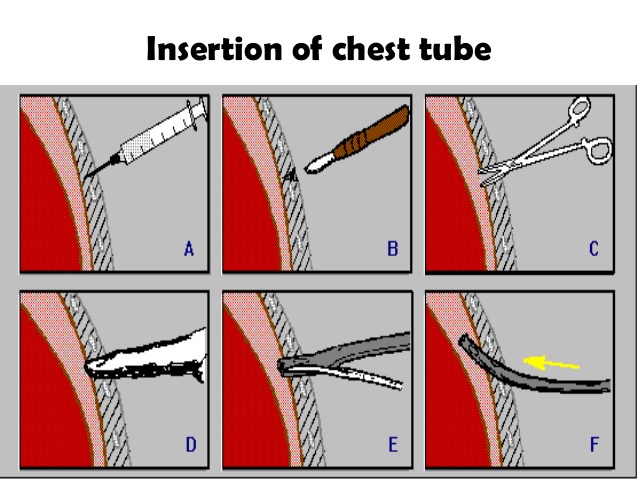
Chest Tube Insertion or Tube Thoracostomy
Indications of chest tube insertion Pneumothorax: In any ventilated patient (positive airway pressure will force air into the pleural cavity and produce tension pneumothorax) Tension pneumothorax after initial needle thoracocentesis Persistent or Recurrent pneumothorax after simple aspiration Large secondary spontaneous pneumothorax in patients >50 years Pleural effusion: Malignant pleural effusion…
